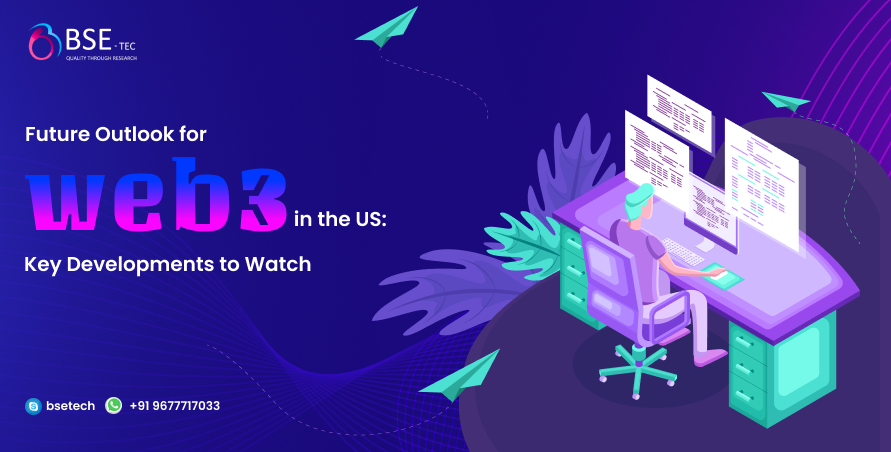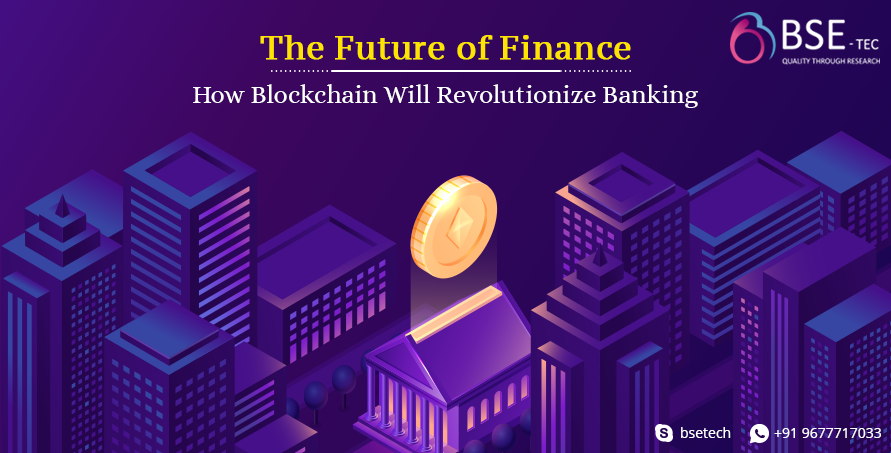
Web3, the next evolution of the internet, promises decentralized, user-empowered digital experiences built on blockchain technology. While tech innovations like smart contracts, DAOs, and NFTs dominate the discourse, social media’s transformative influence on Web3 development is often underestimated—yet it’s arguably as impactful.
What Changes Are Happening in Real-Time?
1. Instant Community Feedback & Iteration:
Developers share updates and prototypes, getting immediate feedback from global audiences. Open-source projects evolve within days or hours, responding to community requests or bug reports shared instantaneously.
2. Viral Trends & The Spread of Ideas:
New concepts like NFT art or DeFi protocols often go viral first on social media. Popular tokens or features can gain massive traction overnight, influencing development priorities and funding.
3. Rapid Onboarding & Education:
Educational threads, explainer videos, and hackathons emerge daily, lowering barriers to entry. As knowledge spreads, new developers start building faster than ever.
4. Crowdsourcing & Collaborative Development:
Communities coordinate via Discord “brainstorming” sessions or Twitter polls to decide on features, governance proposals, or funding opportunities—doing so in real-time, often within minutes or hours.
5. Competitive & Hype Cycles:
FOMO and hype cycles are driven by social media buzz—sometimes leading to quick shifts in focus or the emergence of new innovations just as quickly as they fade.
How Are These Changes Happening?
1. Platform Features & Tools:
Social media platforms evolve rapidly, adopting new features like Twitter Spaces for live audio, Clubhouse-style rooms for discussions, and integrated polling. These tools facilitate live collaboration and idea exchange.
2. Decentralized Communities & DAOs:
Communities are organizing into decentralized autonomous organizations (DAOs), engaging members globally through social channels. Decision-making, funding, and project coordination happen in real-time via social media-driven governance.
3. Influencers & Thought Leaders:
Key personalities actively shape development. Their real-time opinions, arguments, and endorsements push projects forward or pull focus, directly affecting development trajectories.
4. Fast-Paced Content Sharing & Tracking:
API integrations and social media analytics allow developers and investors to monitor trends, sentiment, and emerging projects instantly, informing quick strategic decisions.
5. Continuous Feedback Loops:
A developer announces a new feature on Twitter; community members test it in Discord; bug reports are filed, and updates are made, all within hours, maintaining a cycle of continuous, real-time improvement.
Future Outlook
- NFTs and Social Media: Platforms like Twitter now integrate NFT profile pictures—turning social identity into blockchain assets, and blending social and economic value.
- Influencers & Web3: Crypto influencers can sway adoption—an example of social capital translating to real-world impacts.
- Web3 Social Protocols: Projects like Lens Protocol envision a decentralized social graph, where users own their data, creating new paradigms for social interactions.
Social media is more than just a marketing tool in Web3—it’s a fundamental enabler of community, transparency, innovation, and user empowerment. The rapid pace of change driven by social media is making Web3 development more inclusive, dynamic, and responsive than ever before. It’s a new era where collaboration isn’t confined to conferences or lengthy meetings but happens instantly across borders, hastening innovation and bringing the decentralized web closer to reality. To learn and know more about how Social media is changing Web3 development, reach BSEtec, the prominent Web3 development company.
Did you find this article useful? Let us know by leaving a comment below, or join us on Twitter and Facebook.


